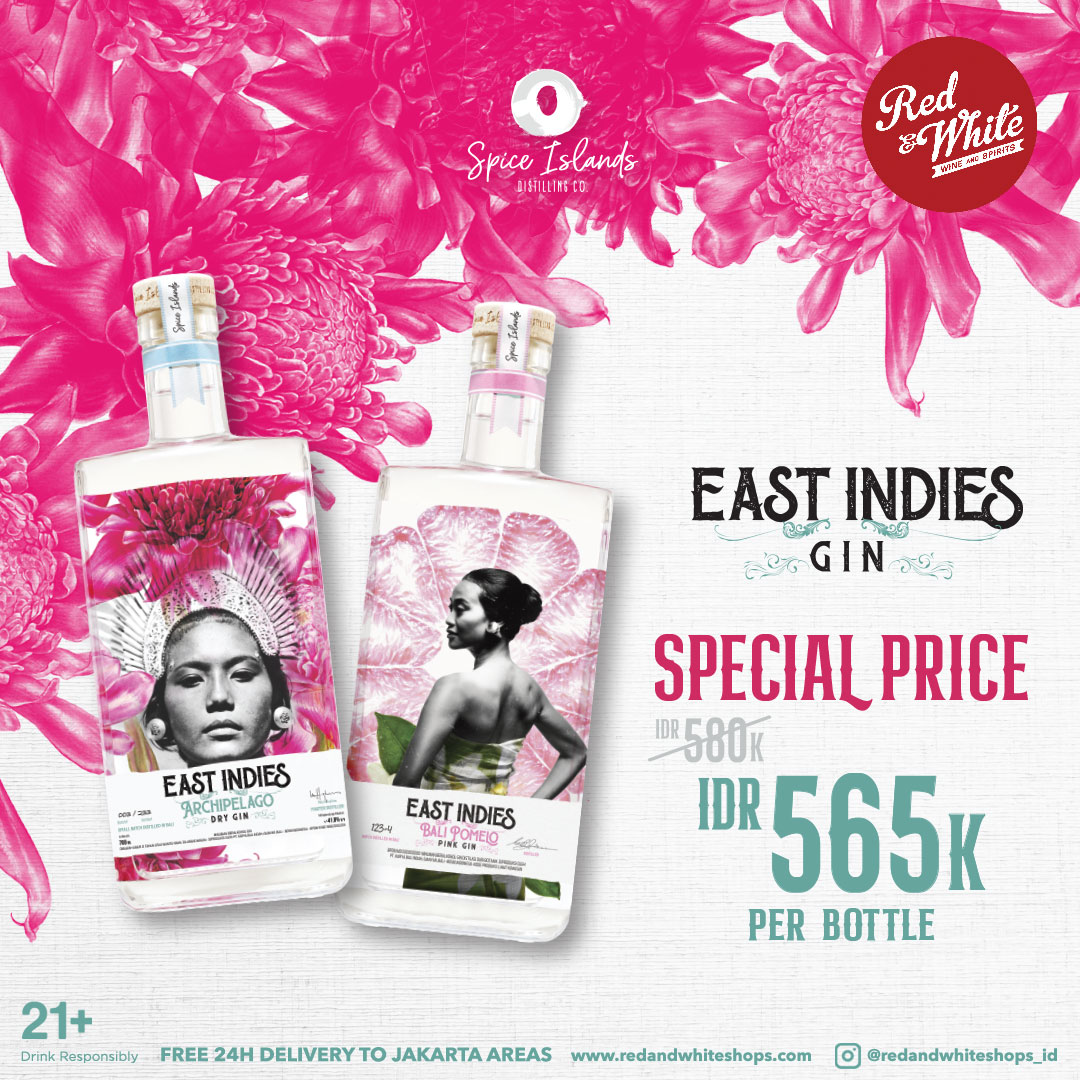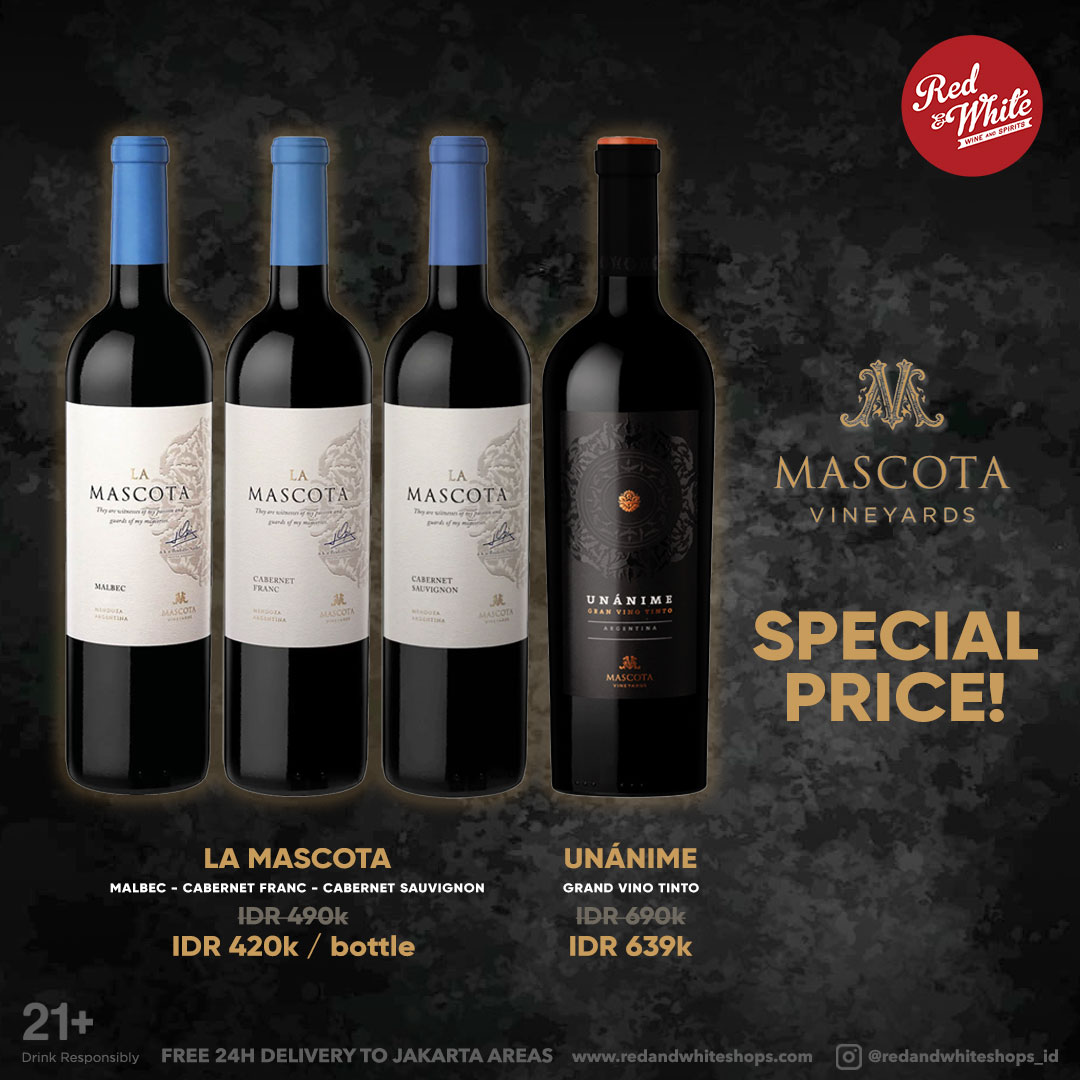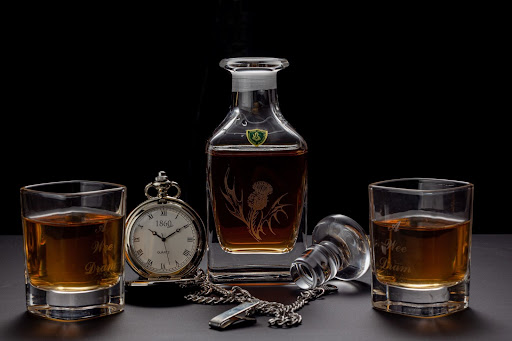
What is Liquor | A Complete Guide
Talking about alcoholic beverages, there are many types of alcoholic drinks that you can try, from beer and wine to liquor. You might think that all alcoholic beverages are considered liquor. The truth is they aren’t. Liquor is actually a type of alcoholic drink.
For someone who is just about to step into the liquor world, the terms can be confusing. If you are here to find the answer as to why liquor is different from your usual ice-cold beer and sweet acidic wine, then you are in the right place! So, hold your horses and read the article below to be enlightened!
What is Liquor?
Let’s start with the most basic question, what is liquor? Liquor or spirit is an alcoholic beverage that is produced from grains or plants then fermented and distilled. Unlike other alcoholic drinks, liquor needs to be distilled to separate the alcohol and the water from the blend. This makes liquor has a higher alcohol content or ABV than beer and wine. Usually, the spirit has an ABV percentage ranging from 40 to 55 percent.
Sometimes, flavouring is added after the distillation process by steeping the ingredients, such as cinnamon and citrus. You can find various brands and styles of liquor in the liquor store.
Liquor V.S. Liqueur
At first, you might think that liquor and liqueur are the same, but they are different terms. To be precise, the liqueur is a liquor that has been added with flavouring, colouring, additives, or oil. This makes liqueur sweeter with less ABV percentage than liquor. Typically, the liqueur has a 15 to 55 percent ABV.
Originally, the liqueur was called cordials and was used as medicine by mixing herbs in the blend. You can consume liqueur as it is or combine it with other ingredients into cocktails. There are many liqueur flavours available, such as chocolate, coffee, fruits, and nuts.
Unlike liquor, the flavouring and additives added into liqueur shorten its shelf life. You should consume an opened liqueur bottle within two years. If the liqueur contains dairy or eggs, then you should finish it within 18 months.
Related Article: The History of Jägermeister
Types of Liquor: Get to Know the Spirits Behind Your Favorite Cocktails
Getting familiar with the different types of liquor is a great place to learn about cocktails. Each spirit has its own story, flavor profile, and best ways to enjoy it. Here’s a friendly breakdown of the most popular types of liquor and what makes each one special:
Gin
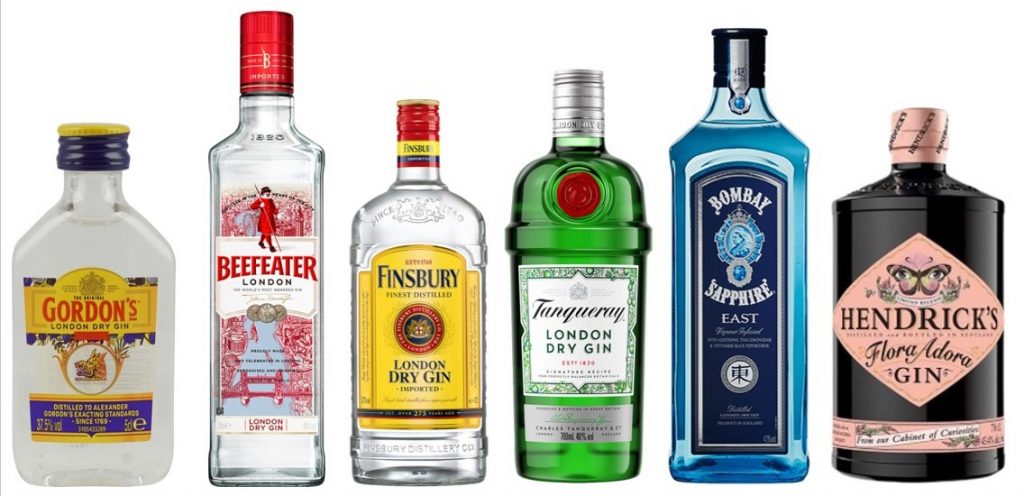
Gin is a clear distilled spirit made from neutral grains like wheat or barley, and it gets its distinctive flavor from added botanicals. Other botanicals may include citrus peel, coriander, and various herbs, creating a complex and aromatic spirit. Gin’s refreshing taste makes it perfect for light, crisp cocktails. You can’t go wrong with a classic Gin and Tonic or a bright and bubbly Tom Collins.
Whiskey (or Whisky)
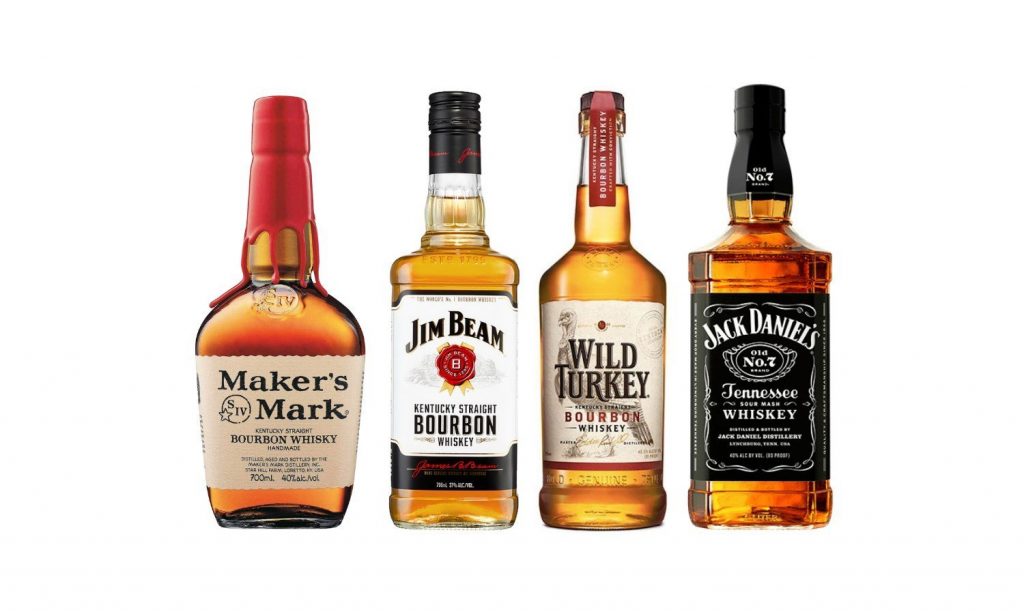
Whiskey is bold, complex, and full of tradition. It’s made from cereal grains combined with water and yeast, and then aged in barrels to develop its signature flavor. Whiskey comes in many regional styles, each with its own unique qualities. Whether you prefer the smoky depth of Scotch, the sweetness of Bourbon, or the spice of Rye, there’s a whiskey to match your taste. Enjoy it in a Manhattan, an Old Fashioned, or simply sipped neat.
Rum
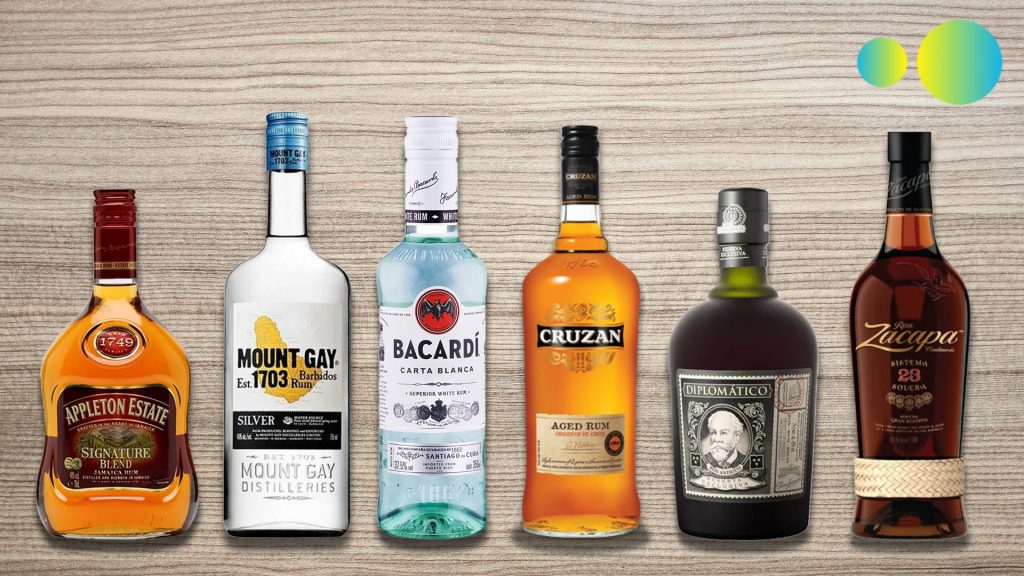
Rum is distilled from sugar cane juice or molasses, giving it a natural sweetness. It’s most commonly produced in the Caribbean and Central America, and comes in a few varieties:
- White rum (light and great for mixing),
- Golden rum (smooth and slightly richer),
- Dark or aged rum (bold and full of character).
Vodka
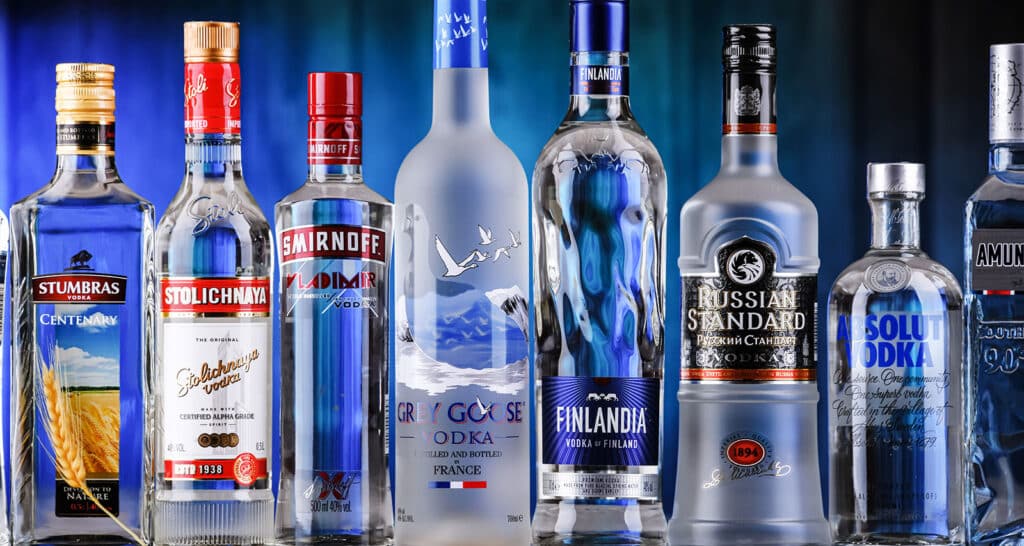
Vodka is a clear, colorless spirit that can be made from almost anything—grains, potatoes, even apples or honey! It’s popular worldwide, but especially in Russia, Eastern Europe, and Scandinavia.
It blends well with nearly anything, making it a star in cocktails like the Moscow Mule, Bloody Mary, or a simple vodka soda.
Tequila
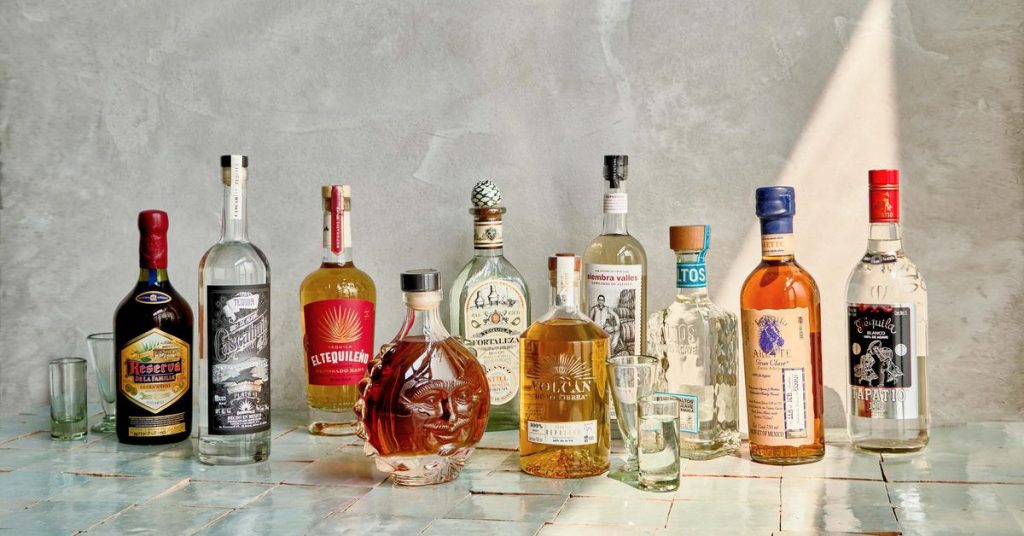
Made from the blue agave plant, tequila is technically a type of mezcal, but can only be called “tequila” if it’s produced in certain regions of Mexico, most notably Jalisco. It’s heavily regulated, which means good tequila is truly something special.
Tequila is best known for its starring role in margaritas, but high-end tequilas are also fantastic served neat or over ice.
Brandy
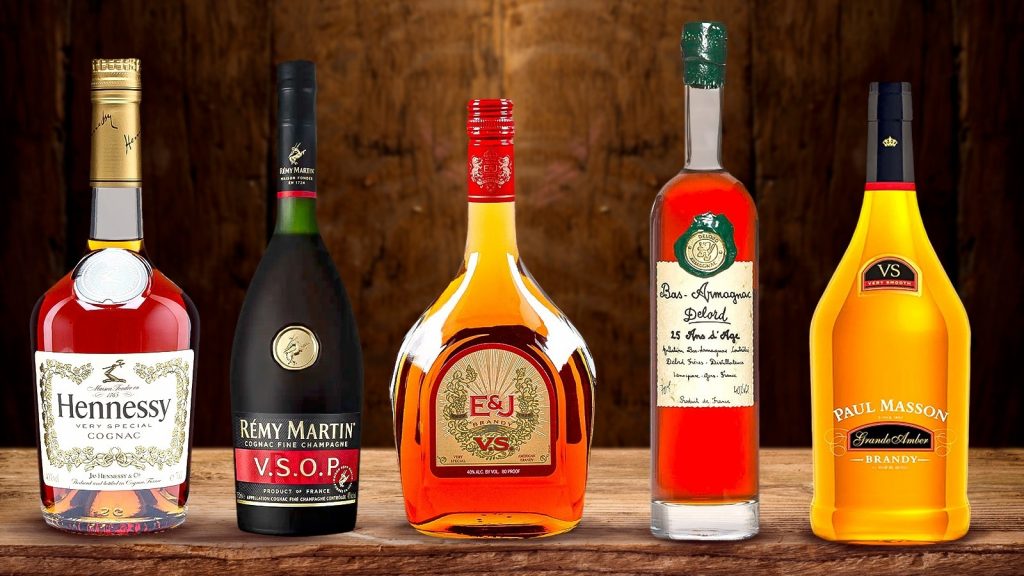
Brandy is what you get when you distill wine or fermented fruit juice. The most famous types are Cognac and Armagnac from France. But brandy also includes spirits like Grappa from Italy and Pisco from Chile and Peru.
Each type has its own distinct character, but all share a rich, full-bodied profile that makes them perfect for slow sipping or elegant cocktails. Brandy is often associated with coziness and refinement, making it a great choice for sipping by the fire or crafting a classic Sidecar.
How is Liquor Made?
The process of producing liquor will generally revolve around fermentation and distillation. But some liquors have to be aged and/or blended after the distillation process. Although, aging and blending aren’t necessary for making liquor. So, how is the spirit produced?
1. Mashing
First thing first, to make liquor, you have to create a mash that normally consists of grain or plants, such as corn, rye, wheat, barley, potatoes, or grapes. Sometimes several ingredients are combined.
The main material differs from one liquor to another. For example, vodka usually uses potatoes as its main ingredient, while whiskey will typically use malted grains.
After choosing the main ingredients, the grains or plants are then crushed or cooked and mixed with water and yeast as the fermentation base. Mashing is necessary to break the starch in the ingredients into sugar for the fermentation process.
2. Fermentation
The fermentation begins as soon as yeast has been added to the mash. The yeast will break down the carbohydrate and sugar then turns them into alcohol. The fermentation process lasts from one to two weeks at room temperature. The fermented mash is then strained with cheesecloth to separate the solid materials from the alcohol liquid.
3. Distillation
The important step in producing liquor is the distillation process that involves heating and separating the water content from the alcohol. Since alcohol has a lower boiling point, it will evaporate first.
To start the distillation process, the fermented liquid is poured into a cooper or steel pot before being heated to boiling temperature. The evaporated alcohol steam is gathered through a tube and goes inside another vessel, where it condenses into liquids.
The distillation process also includes separating the poisonous and harmful substances inside the alcohol, such as acetone and methanol.
4. Aging
Certain liquor like bourbon has to be aged before being bottled. The aging duration and the cask’s material depend on the type of liquor. Some distillers will dilute the liquor by adding water to the blend before the aging process to make the liquor lighter.
5. Blending
Similar to the aging process, blending isn’t a necessary step to make liquor. In the blending process, the distillers can utilize their creativity to make their liquor more unique. Some will mix different types of liquor while others add colouring substances in the blend. Sometimes, the liquor producers also filter the blend using charcoal or other materials.
6. Bottling
The last step is the bottling or packaging. This is when the liquor is labelled and sealed in bottles with corks or screw caps. There will be no bottle aging after the bottling process. Therefore, the liquor can be consumed immediately. Since it has a high alcohol percentage, the alcoholic beverage will have a longer shelf life.
How to Store the Liquor?
Keeping the liquor correctly is as important as buying the right one. If you are unable to store the spirit safely, it can ruin the flavour of the blend. But, don’t worry, we will provide you with the general guidelines on how to store your liquor properly.
1. Place the Bottles Vertically
Unlike wine, you should put the liquor bottles vertically. Placing it horizontally can damage the cork since the high alcohol liquid can seep into the cork and break it apart.
2. Keep It in the Dark
Sunlight won’t ruin the liquor flavour, but the heat from the sun can increase the oxidation process inside the liquor and change the taste and the colour of the liquor. It’s recommended to place your liquor collection in a dark and cool place, avoiding the sun.
3. Check the Temperature
Storing liquor at high temperatures can evaporate the alcohol and increase the oxidation process, thus ruining the flavour and colour of the liquor. Ideally, you should place the spirits slightly lower than room temperature, ranging from around 55 to 60 degrees.
If you want to enjoy chilled liquor, it’s perfectly fine to put the alcoholic beverage in a fridge for an hour before serving.
4. Drink it all
The less liquor in the bottle, the faster the oxidation process. Therefore, it will be better for you to finish the liquor if there is only a bit left. Always ensure that you have sealed the liquor tightly if you decide to not finish the bottle.
How to Choose Your ‘Weapon’?
There are six types of liquor that you can choose from, such as vodka, rum, tequila, brandy, whiskey, and gin. Each has its own distinct flavour and scent. It all comes down to your preference. You can try each type of liquor to understand your palate and know which liquor matches your liking.
Luckily, the Red & White store offers you various types of liquor to explore and experiment with. You can always ask the shop assistant’s recommendations if you are having difficulties in choosing the liquor that you want to try first.

